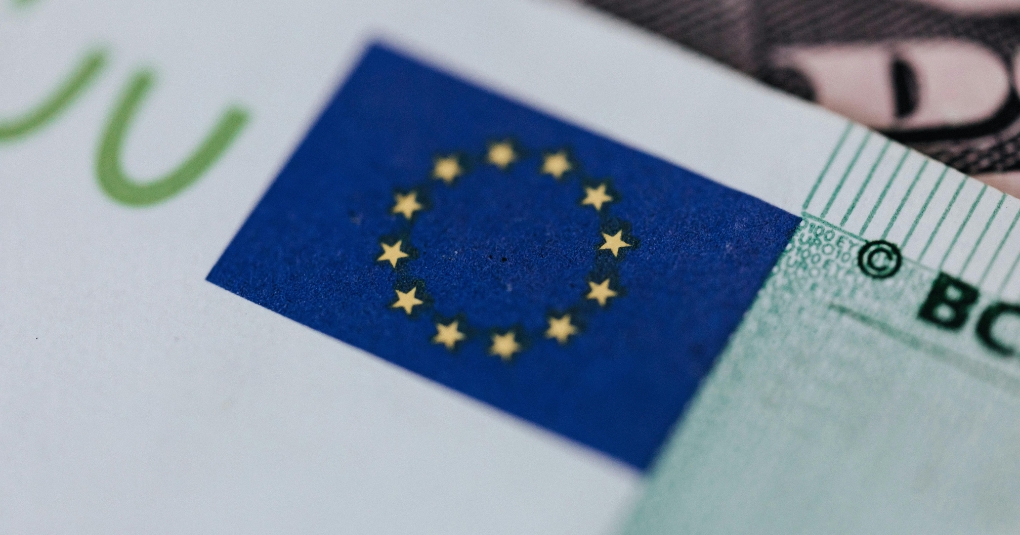What’s Behind the €500B Risk Shuffle?
EU banks are increasingly relying on Synthetic Risk Transfers (SRTs) to shed credit risk without actually selling their loans. It sounds efficient—and it can be—but with this market crossing €500 billion, regulators are starting to worry. Why? Because what helps banks “manage” risk might be masking vulnerabilities instead of solving them.
SRTs, Simplified: What Are They Really?
An SRT allows a bank to transfer the credit risk of a portfolio (like loans or mortgages) to investors using credit derivatives—without removing the loans from its balance sheet. It’s like getting insurance on a risky asset while keeping the asset. Neat in theory, but complex in practice.
Growth Spurt or Growing Pains?
The appeal of SRTs has exploded post-2008, especially under Basel III rules. With capital relief and flexibility as big draws, EU banks are embracing them more than ever. But the very speed and scale of this growth—over €500 billion worth—raises questions about long-term resilience and transparency.
The Feedback Loop Dilemma
Here’s where it gets tricky. Regulators are flagging a dangerous feedback loop: if banks feel too protected by SRTs, they might take on even more risk—thinking it’s all “covered.” This overconfidence can lead to fragile credit ecosystems, especially if the risk transfer mechanisms fail under stress.
Transparency Gaps and Complexity Creep
One major concern? Many of these synthetic deals are opaque. Unlike traditional securitization, the risks are harder to trace. Add to that the use of bespoke derivatives and private deals, and regulators fear they’re losing visibility just as systemic exposure is rising.
What the EU Is Doing About It
The European Central Bank and EBA have begun issuing new guidance to tighten standards, increase transparency, and review how these deals are structured. But there’s a delicate balance—crack down too hard, and you risk stalling credit flow; ease up, and you allow silent bubbles to grow.
Risk Transfer or Risk Transformation?
SRTs are clever tools—but tools can be misused. As the EU grapples with maintaining financial stability, the focus isn’t just on how risk is moved around, but on who ultimately holds it when the music stops. For banks, investors, and regulators, the SRT boom is both an opportunity and a ticking clock.
Tags:
Digital BankingFintechInvestment BankingAuthor - Aishwarya Wagle
Aishwarya is an avid literature enthusiast and a content writer. She thrives on creating value for writing and is passionate about helping her organization grow creatively.



